The first contact that British had with Uttar Pradesh was during the rule of the third Nawab of Awadh. Under the British rule, the state that we called Uttar Pradesh was referred to as United Provinces. The important role that this region played in the establishment and expansion of British rule in India is only too well documented.
All throughout that role, the British built some magnificent structures. Inspired by the traditional neoclassical and Gothic styles of architecture, they stand in stark contrast to the rest of the monuments and structures existing around the state today. The pointed arches in the churches and government buildings for example, are completely different from the bulbous shaped domes which were an essential feature of buildings built during both Mughal and Nawab era.
As a tourist, it is not difficult to spot the colonial monuments in Uttar Pradesh, as part of your heritage tours. As with other styles of architecture which arrived to India from abroad and then fused with the traditional style of the region, the purely European design also blended with the Indo-Islamic style of architecture. In common parlance, this is also referred to as Indo-Saracenic architecture. You can observe this style of architecture in Uttar Pradesh in the churches, educational institutions (government schools and colleges), palaces, residential quarters and government buildings.
It should be remembered that the colonial era buildings in Uttar Pradesh are not limited to any particular region, city or town. They are distributed all over the state. For example, in Allahabad, the most popular colonial monuments are the Allahabad High Court and the University of Allahabad. Along with these structures, there also stands the All Saints Cathedral. Known in the local language as “Patthar Girjaghar”, it can be easily said that it is one of the most beautiful Anglican cathedrals in all of Asia. It was designed by Sir William Emerson in the 13th century in the Gothic style of architecture.
Other colonial monuments which are great heritage tourist attractions in Uttar Pradesh are the Mayo Memorial Hall. Built in 1879 by R. Roskell Bayne in memory of the assassinated Viceroy Mayo, its main attraction is a 180 ft high tower. This hall was built with the purpose of hosting balls, receptions and public meetings.
From Allahabad, the journey of exploring the most famous colonial monuments in Uttar Pradesh takes us to Varanasi. Here, the most popular of colonial era structures is the Sanskrit College. What makes this college special is the fact that it was one of the earliest colleges built by the British East India Company in India.
Lucknow, the capital of Uttar Pradesh, famous for its culture (fondly referred to as “tehzeeb”), traditions and customs, is also home to several colonial monuments which were built under the British rule. One of these is the Raj Bhavan, which was earlier known as Kothi Hayat Baksh. It was designed by Major General Claude Martin and served as his residence. He chose Lucknow as his permanent place of residence because he was very impressed with its culture, mannerisms and traditions. Prior to independence, it served as the official residence of the Governor of United Provinces of Agra and Oudh. It came to be known as Raj Bhavan only after India’s independence. Another colonial era building in Lucknow which is fascinating to visit as a tourist is the Lucknow GPO, or the post office, as it is simply known. It is quite interesting to know that this same building was once a ring theatre visited by British families for purposes of fun and recreation. The screening of British dramas and films were a regular affair. How time changes, and with it, everything that it stands for! Thoughts like these engulf you as you explore the various colonial era buildings in Uttar Pradesh. Lucknow is also home to other colonial era buildings which were built during the colonial era like The Residency, Dilkusha Palace, La Martiniere School and Lalbagh Methodist Churches, among others.
One other place where you can visit the colonial era monuments during your heritage tour in Uttar Pradesh is Meerut. This place is famous for being the first center of uprising during the Indian Revolt of 1857. Some of the colonial era monuments which you can explore in Meerut are Begum Samru Church in Sardhana and Basilica of Our Lady of Graces. This church was built by Begum Samru and is one of the largest Roman Catholic Churches in North India. The design of the church is inspired by the St. Peter’s Basilica in Rome and is constructed in pure white marble. It truly is a picture of tranquility and elegance.
Architecture
All the colonial monuments which exist in UP today were built when it was under British rule. Undoubtedly, there is an overwhelming influence of European style of architecture, ie, neoclassicism and Gothic styles. That is evident by features such as the pointed vault and flying buttress.
As you explore the colonial monuments of UP, however, you should remember that they represent a combination of Indo-Islamic and European styles of architecture. This is a combination which one rarely comes across. For example, while the All Saints Cathedral is designed in the purely Gothic style of architecture, the Allahabad High Court and University of Allahabad are a combination of Indian and Western styles of architecture. A structure like the Basilica of Our Lady of Graces displays an overwhelming influence of Italian with Indian styles of architecture.

Another quite different sight awaits you at the district of Dilkusha in Lucknow. Here, the Dilkusha Palace, built by Nawab Saadat Ali Khan, derives its inspiration from an English country house called Seaton Delaval in Northumberland, which was built in 1721. Another Gothic style architecture is the Lalbagh English Methodist Church which is built in purely Gothic style of architecture.
Interesting Facts
- Many of the colonial era monuments in UP, particularly in Allahabad, are finest examples of European styles of architecture.
- A structure like the All Saints Cathedral is believed to be one of the finest Anglican cathedrals in Asia.
- The Roman Catholic Church of Sardhana was honored by Pope John XXIII. It was he who accorded it the status of a minor Basilica in 1961.
Entry Fee
The entry fee to the colonial monuments in UP depends on the monument you happen to be visiting. For visiting the Allahabad High Court require you to obtain a visitor’s pass, which is available at a nominal fee. Visiting the All Saints’ Cathedral does not require you to pay an entry fee. For visiting Dilkusha Kothi Palace, domestic tourists have to pay 5 INR, while international tourists have to pay 100 INR. For visiting churches, you don’t have to pay any entry fee, while visiting colonial monuments now serving as government offices will require you to do so.
Best Time to Visit
Most of the monuments built during the colonial era are located in the cities of Allahabad, Lucknow and Meerut. These cities tend to get quite hot during the summers, with temperatures averaging between 40°C to 43°C. If the heat doesn’t bother you much though, you can plan a trip to these colonial monuments in UP during the summers. In winters, though, the weather becomes cool and pleasant. It creates the perfect conditions for sightseeing and exploration, thus letting you have a great time. If you prefer cool weather, plan a trip during the winters.
Nearby Tourist Attractions
Most of the colonial era monuments in UP are found in the cities of Allahabad, Lucknow and Meerut. All of them have played a part or been associated with the freedom movement in one way or the others. Besides colonial monuments, there are other places to visit in these cities.
For example, some of the tourist attractions located in close proximity to Allahabad High Court are:
- Hanuman Mandir
- Triveni Sangam
- Allahabad Fort
- Mayo Memorial Hall
- Ananda Bhavan
- Allahabad Museum
- Khusro Bagh.
While you are in Lucknow, some of the places which you can visit after exploring Dilkusha Kothi Palace are:
- Bara Imambara
- Chowk
- Hazratganj
- Chota Imambara
- Nawab Wajid Ali Shah Zoological Garden









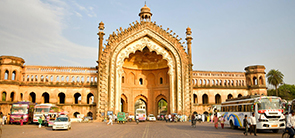
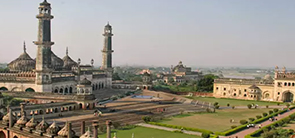
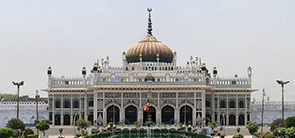
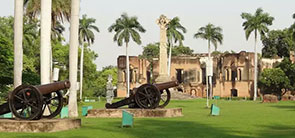
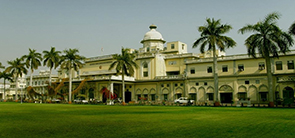
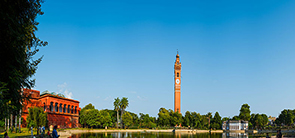
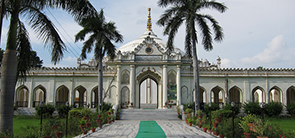
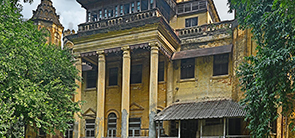
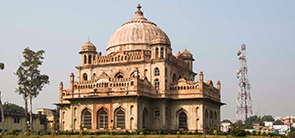
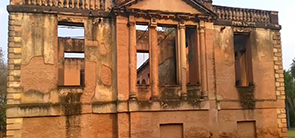
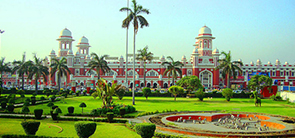
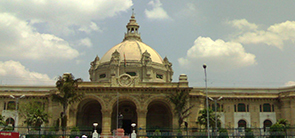
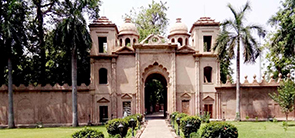
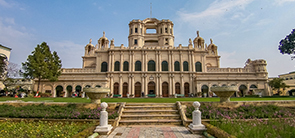
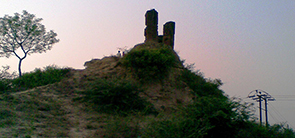
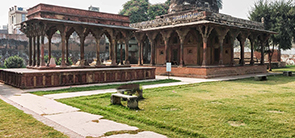
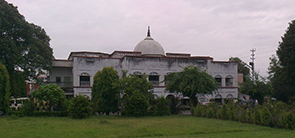

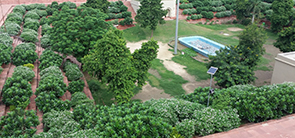
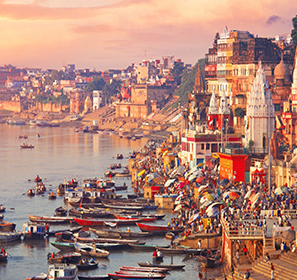
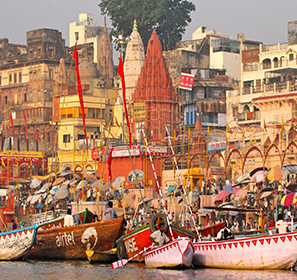
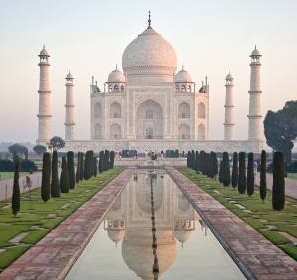
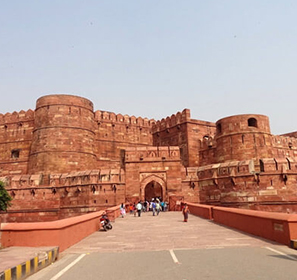
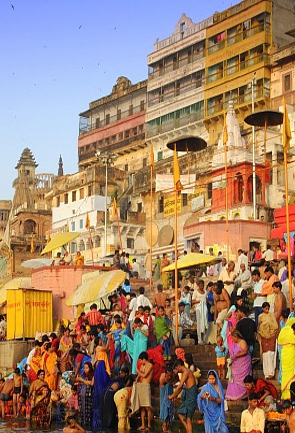



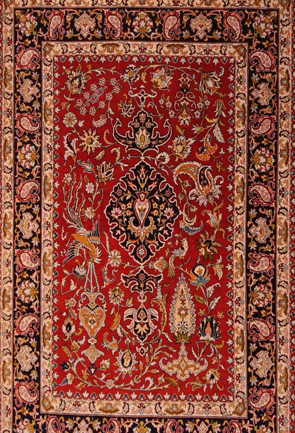
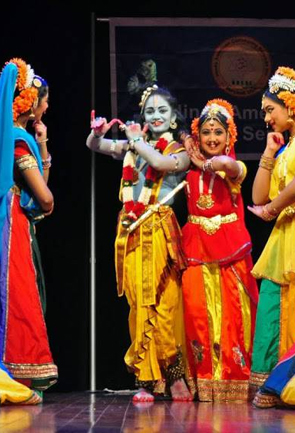
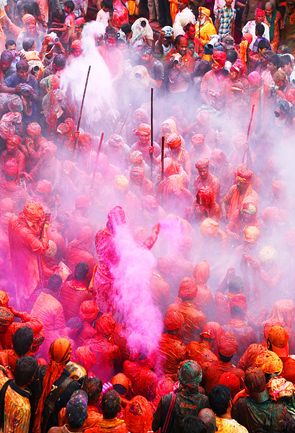


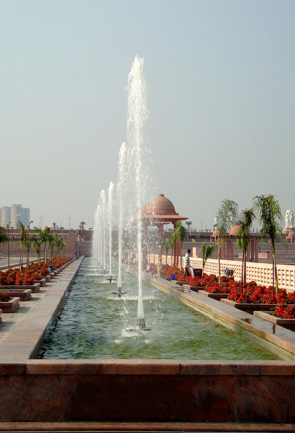

 Plan Trip
Plan Trip Call Us
Call Us Packages
Packages Home
Home